Aftermath of septic system work, what now???
frank2357
16 years ago
Related Stories
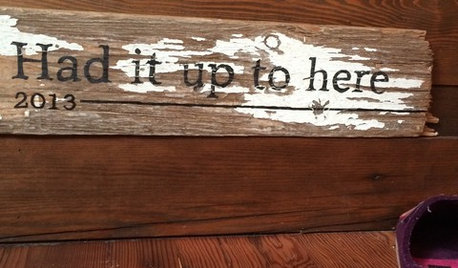
DISASTER PREP & RECOVERYFamily’s New Style Rises in the Aftermath of a Flood
After their damaged walls are demolished, homeowners realize they like the open space and decide to keep it
Full Story
SAVING WATER6 Reasons Why You Should Save Your Rainwater Now
Collect and store during the rainy season so you’ll have water ready for irrigation when you need it
Full Story
EARTH DAYGrow a Beautiful Garden With Ecofriendly Greywater
Reducing home water waste means lower bills and a healthier planet. Here's how to set up a greywater home irrigation system that can help
Full Story
GREEN BUILDINGWhat's LEED All About, Anyway?
If you're looking for a sustainable, energy-efficient home, look into LEED certification. Learn about the program and its rating system here
Full Story
ARCHITECTURE15 Smart Design Choices for Cold Climates
Keep your home safe and comfortable in winter by choosing the right home features and systems
Full Story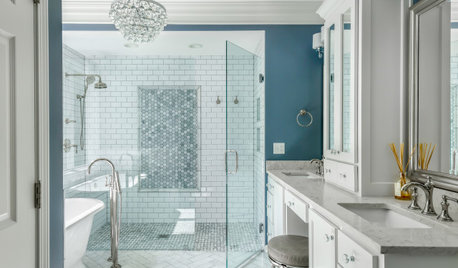
HOUSEKEEPINGHow to Clean a Glass Shower Door
See which tools and methods will keep those glass shower walls and doors sparkling clean
Full Story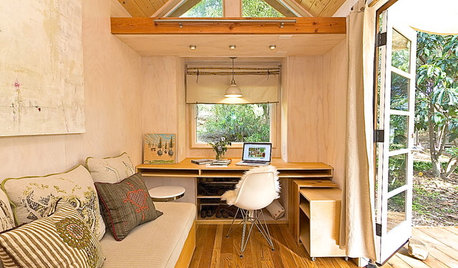
TINY HOUSESHouzz TV: Step Inside One Woman’s 140-Square-Foot Dream Home
You may have seen the story on Houzz — now check out the video tour of Vina Lustado’s warm and welcoming tiny house
Full Story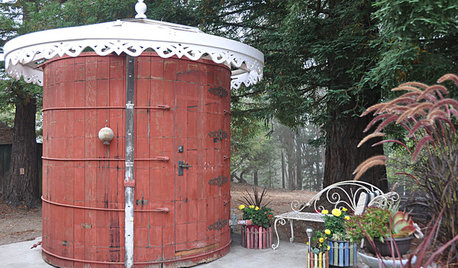
OUTBUILDINGSSee an Outdoor Bathroom Made From a Water Tank
This repurposed fixture in a California backyard is now the owners' favorite bathing spot
Full Story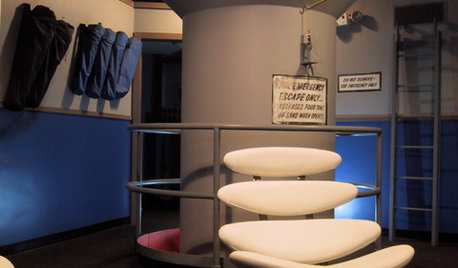
FUN HOUZZTaking Cover in a Former Nuclear Missile Silo
A Cold War relic is now a modern home, thanks to an Australian architect with a flair for the unusual
Full Story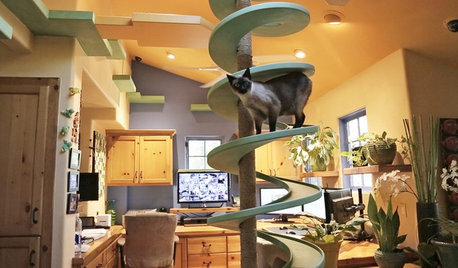
PETSWe Want to See the Most Creative Pet Spaces in the World
Houzz is seeking pet-friendly designs from around the globe. Get out your camera and post your photos now!
Full Story








diggity_ma
frank2357Original Author
Related Professionals
Middle River Landscape Architects & Landscape Designers · Mount Wilson Landscape Architects & Landscape Designers · Americus Landscape Contractors · Kaysville Landscape Contractors · Maywood Landscape Contractors · Mercedes Landscape Contractors · Roseville Landscape Contractors · Severna Park Landscape Contractors · Spring Landscape Contractors · St. Louis Landscape Contractors · 07920 Landscape Contractors · Arlington Heights Decks, Patios & Outdoor Enclosures · Greendale Decks, Patios & Outdoor Enclosures · Oswego Decks, Patios & Outdoor Enclosures · West Chester Decks, Patios & Outdoor Enclosurescowgirl2
tclynx
frank2357Original Author
Kimmsr
joepyeweed
bob64
frank2357Original Author
joepyeweed
frank2357Original Author
joepyeweed